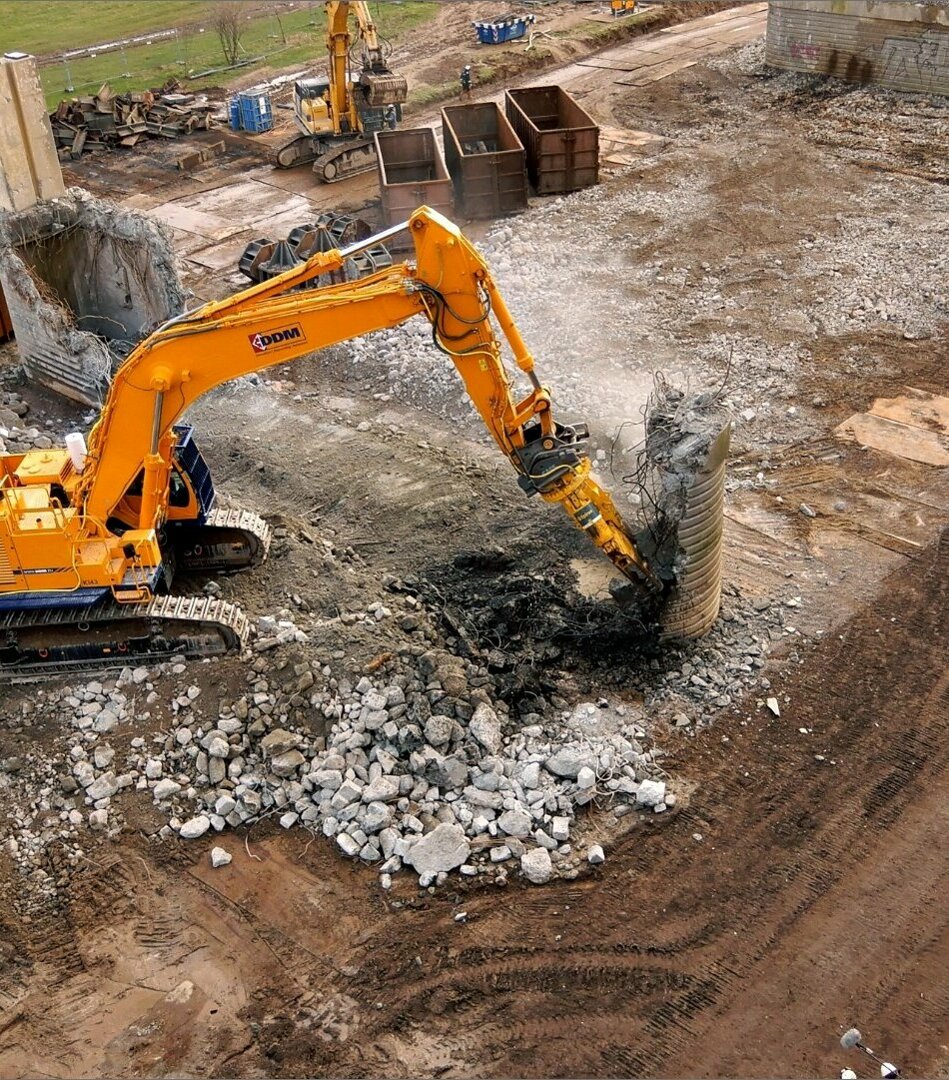

DDM has removed four charging points in the Petroleum Dock in the Antwerp port area.
The client needs the space to install new, safe descent stairs for mooring skippers. DDM came up with the plan to remove the loading points via the water: from the Marshall dock, using a pontoon equipped with a 200t crawler crane.
The Marshall Dock is technically the most difficult dock to enter. It is located in the heart of the petrochemical industry and is surrounded by refineries and chemical plants. Any entry must be requested weeks in advance and is subject to the strictest permits/measures imposed by the three operators and the port authority (Port of Antwerp) together with the pilotage service.
The quays are under water, up to fifteen meters from the side, with asphalt mats. These serve to protect the draft of the dock and the propellers of the ships. For the pontoon, this meant that the spud poles had to be placed at least sixteen meters from the side. These spud poles are essential to maintain the stability of the pontoon during lifting. Due to the EX environment, we had to carry out all work cold. The intention was to prepare the loading points in such a way that we could lift all four of them in one week.
When the lifting week arrived, everything was in such order that we only needed one day per loading point for the dismantling and removal of all material with the pontoon. An incredible result, which we could only achieve thanks to good preparations and the efforts of everyone involved. This was greatly appreciated by the client.
